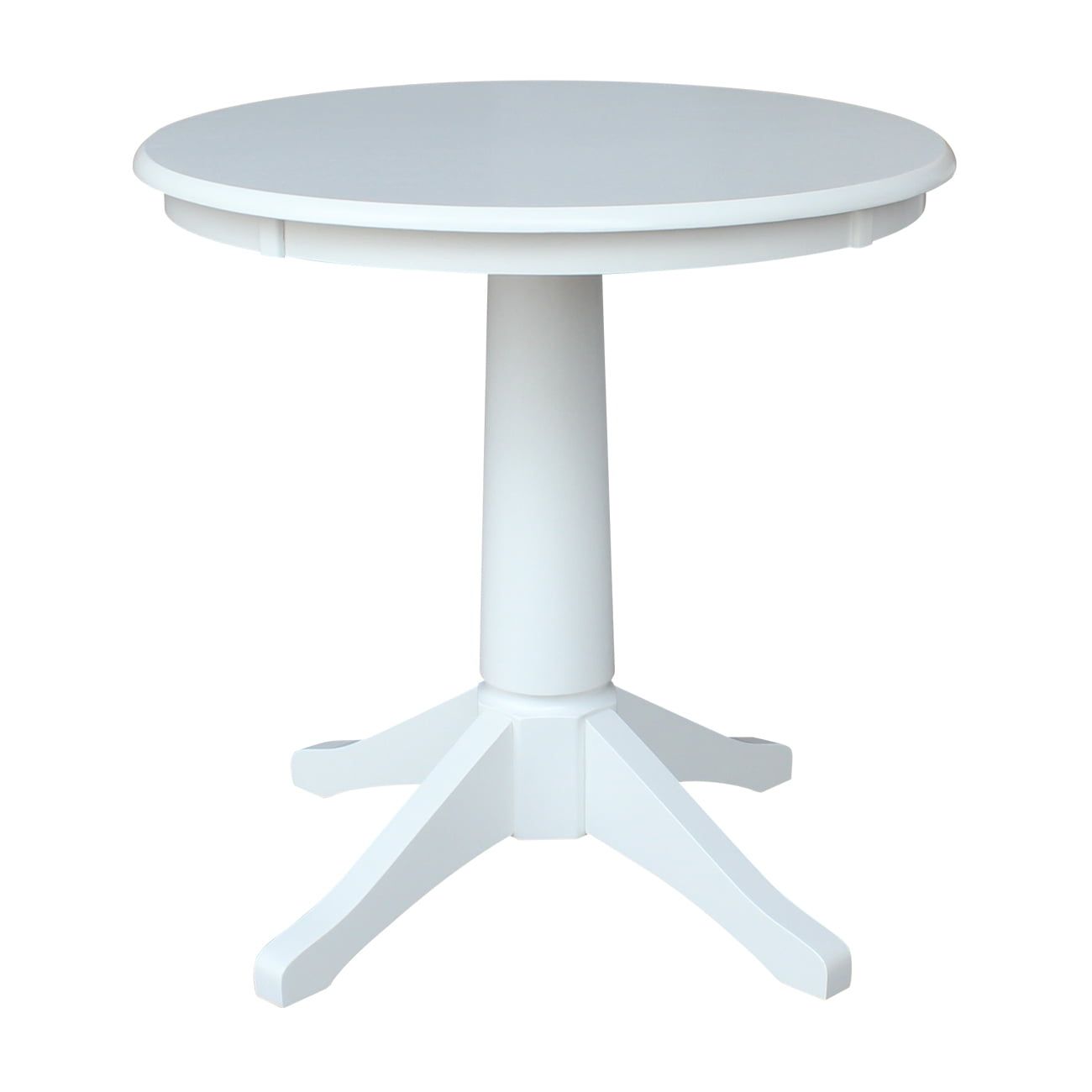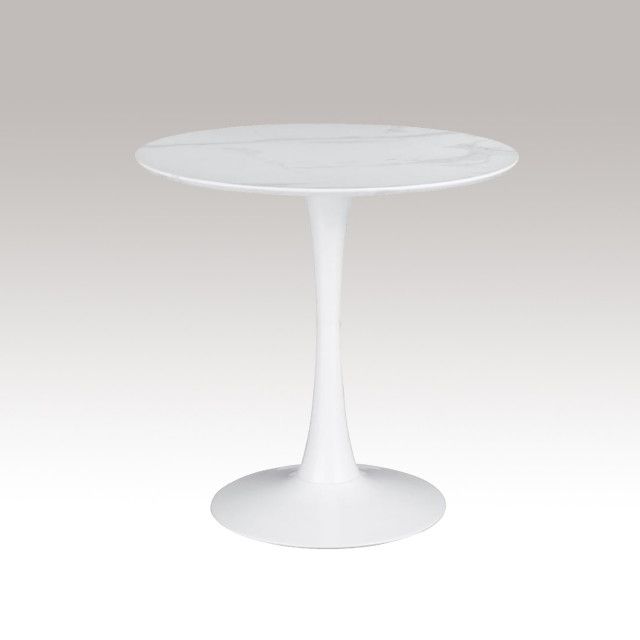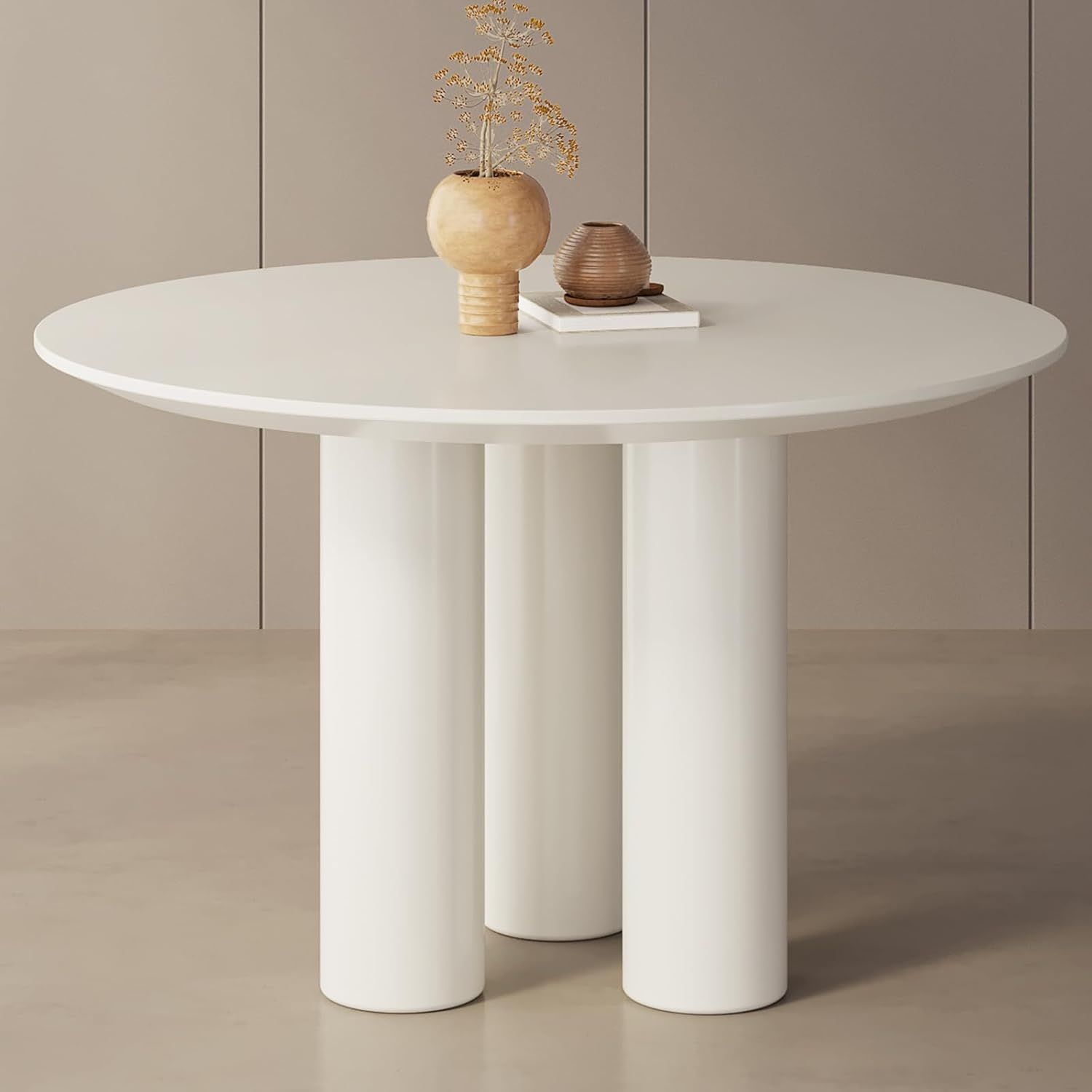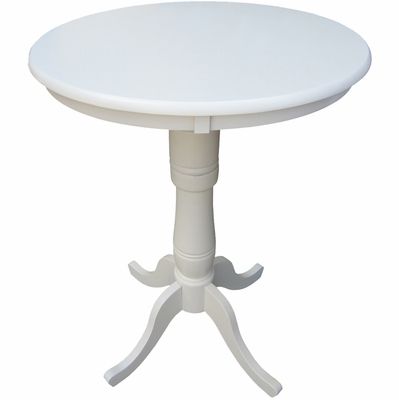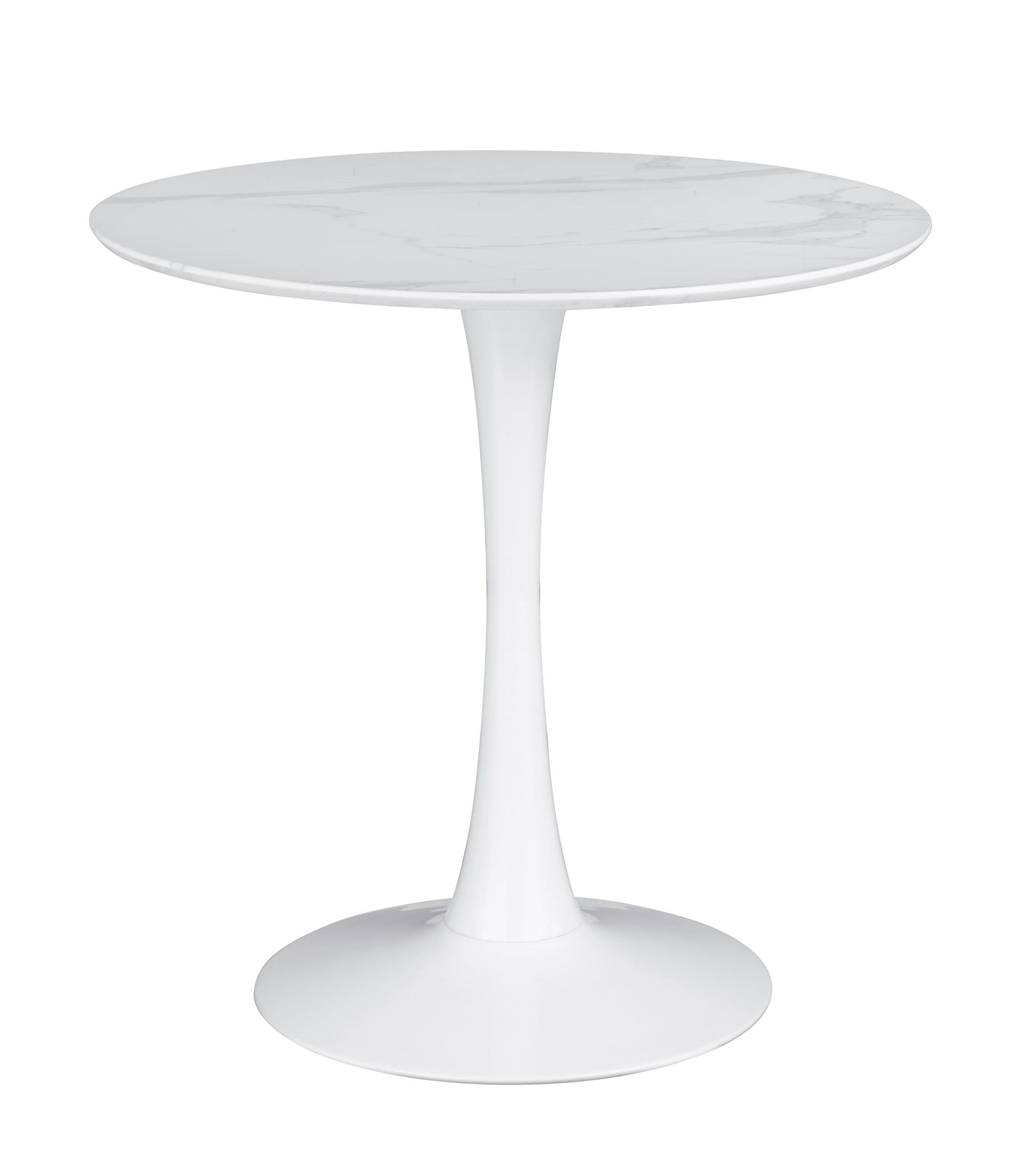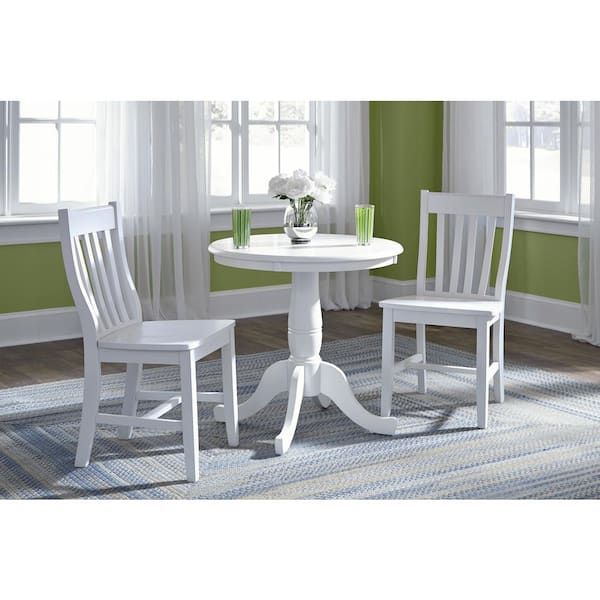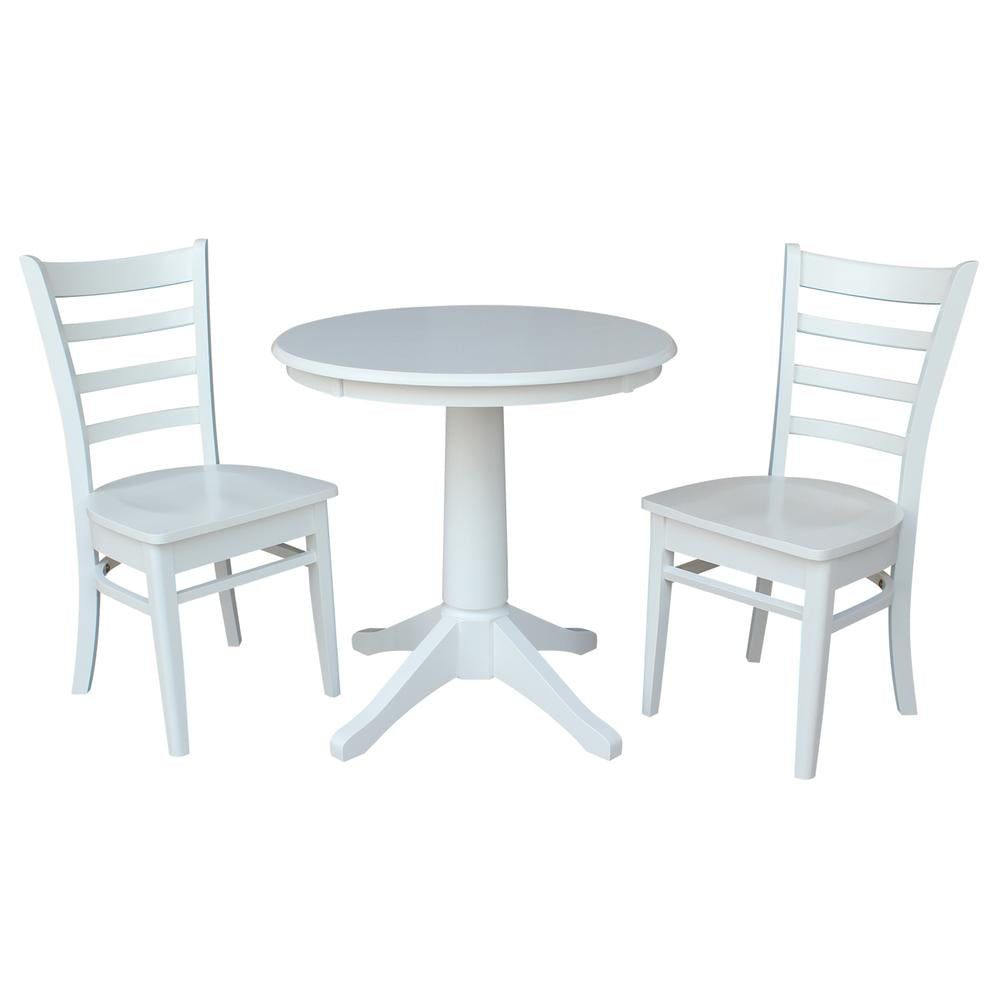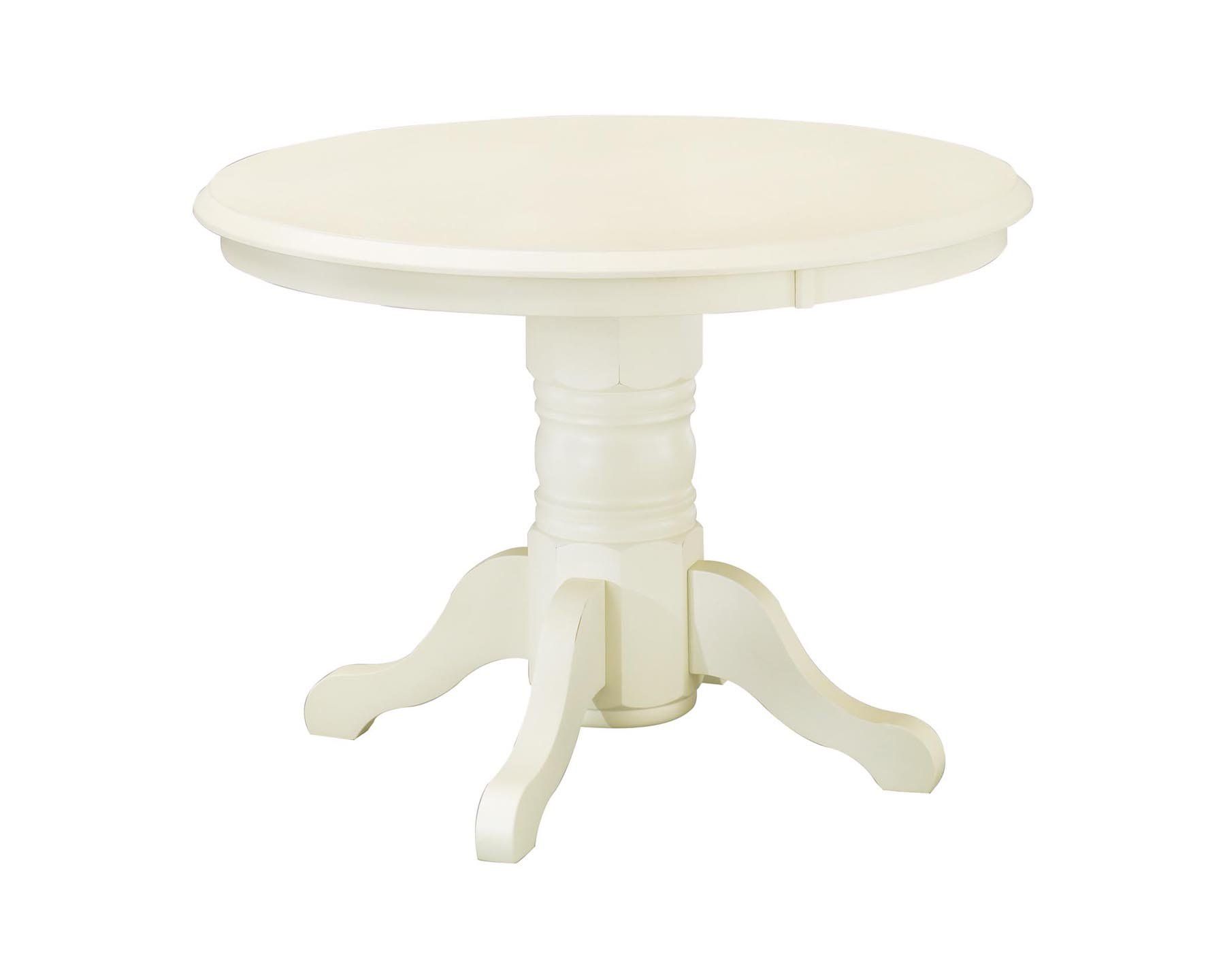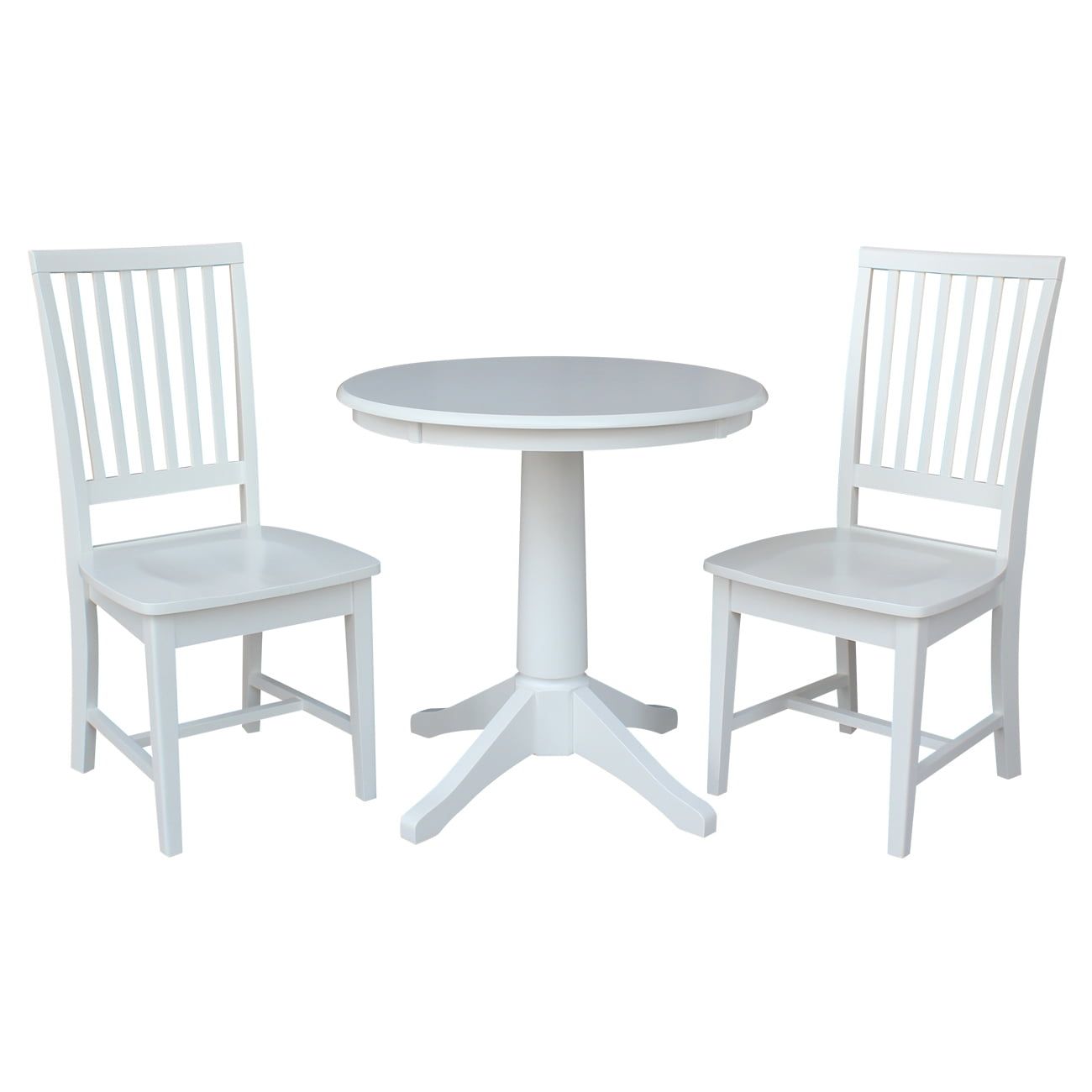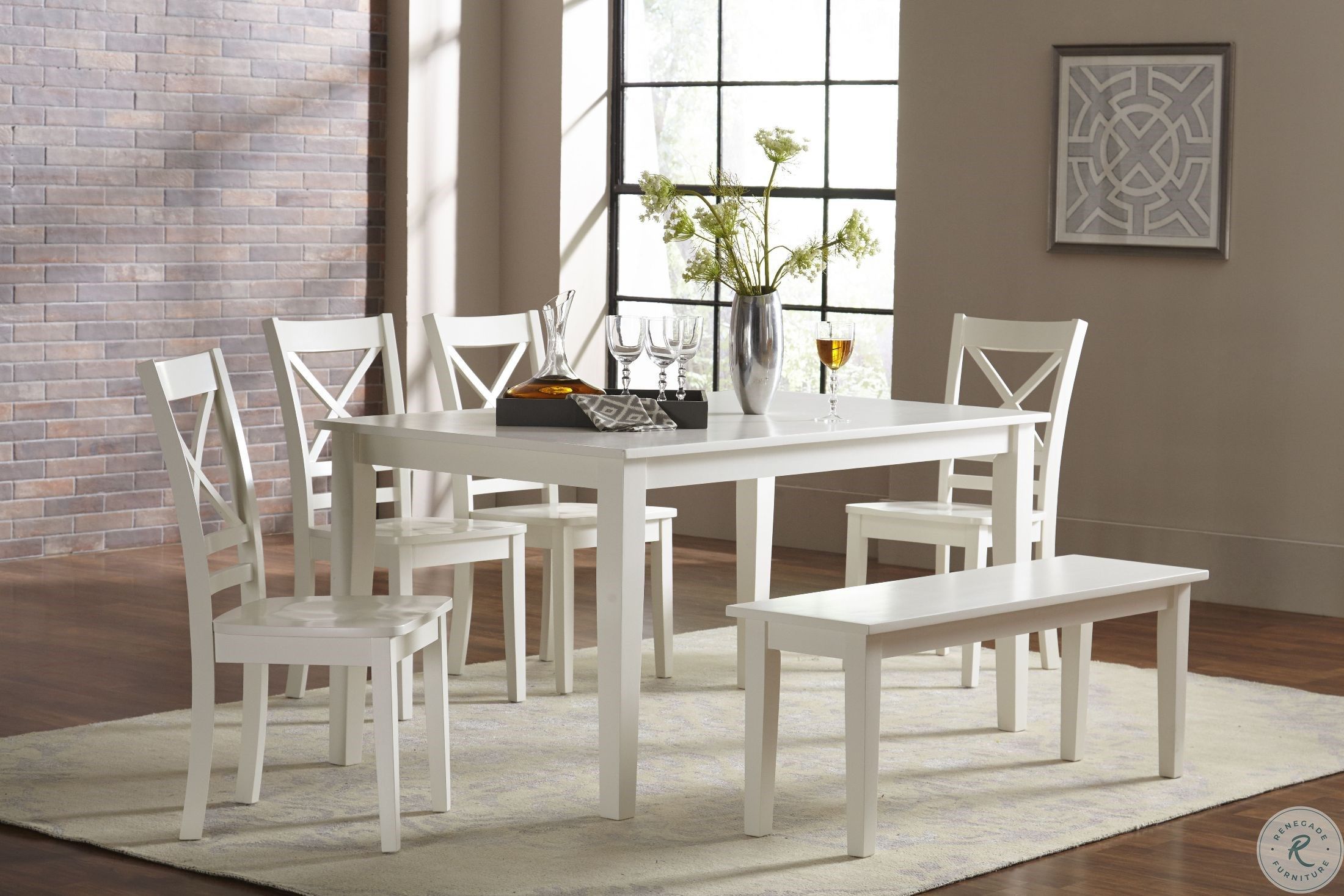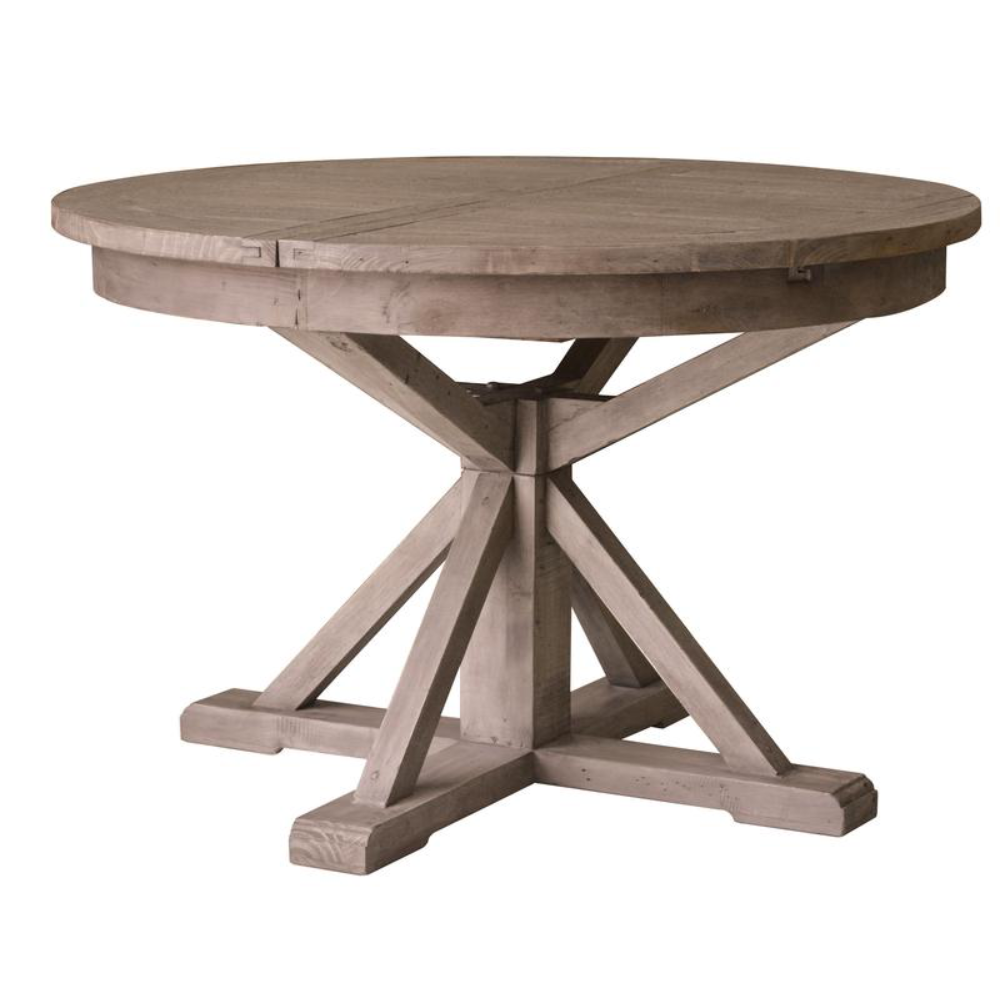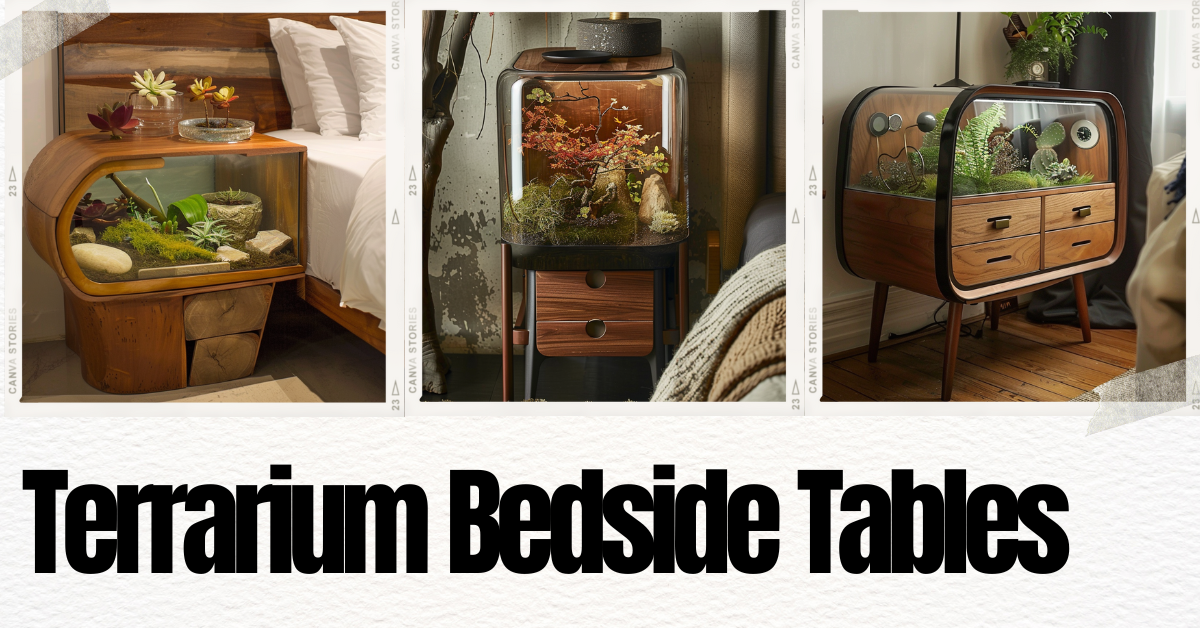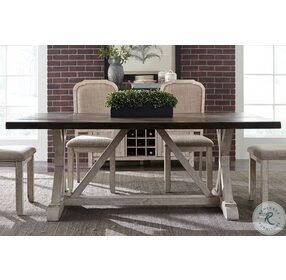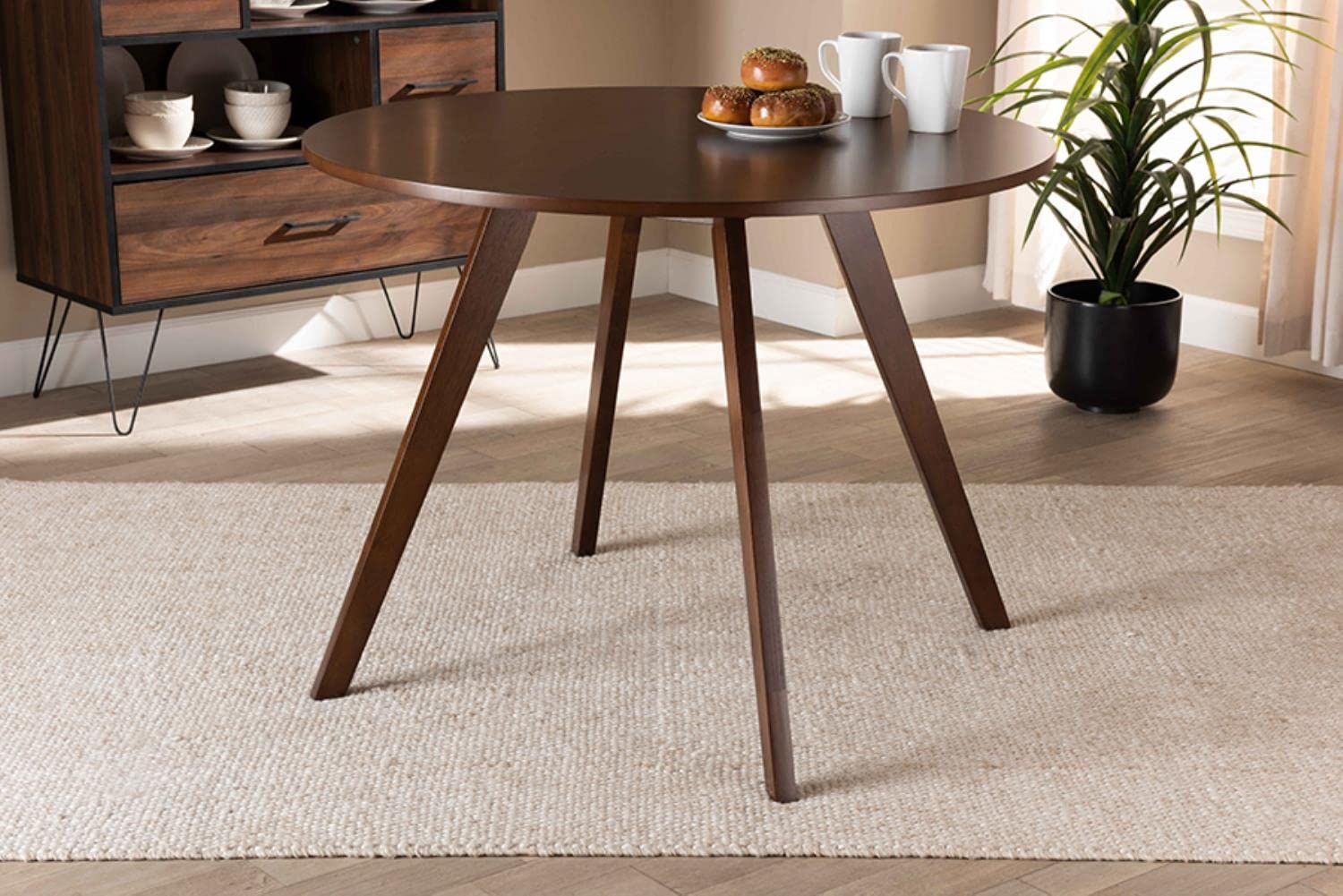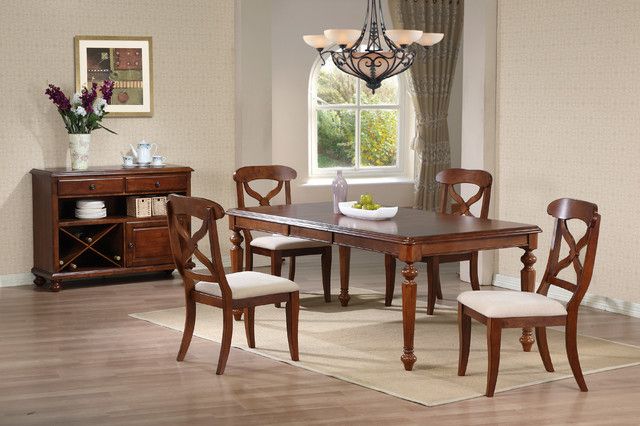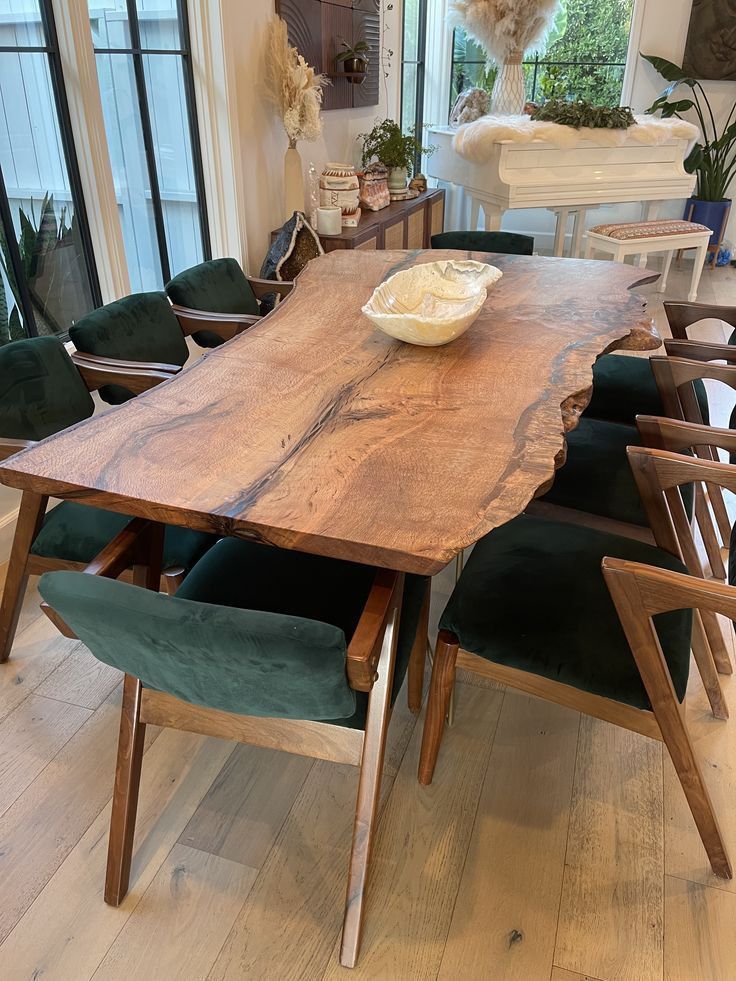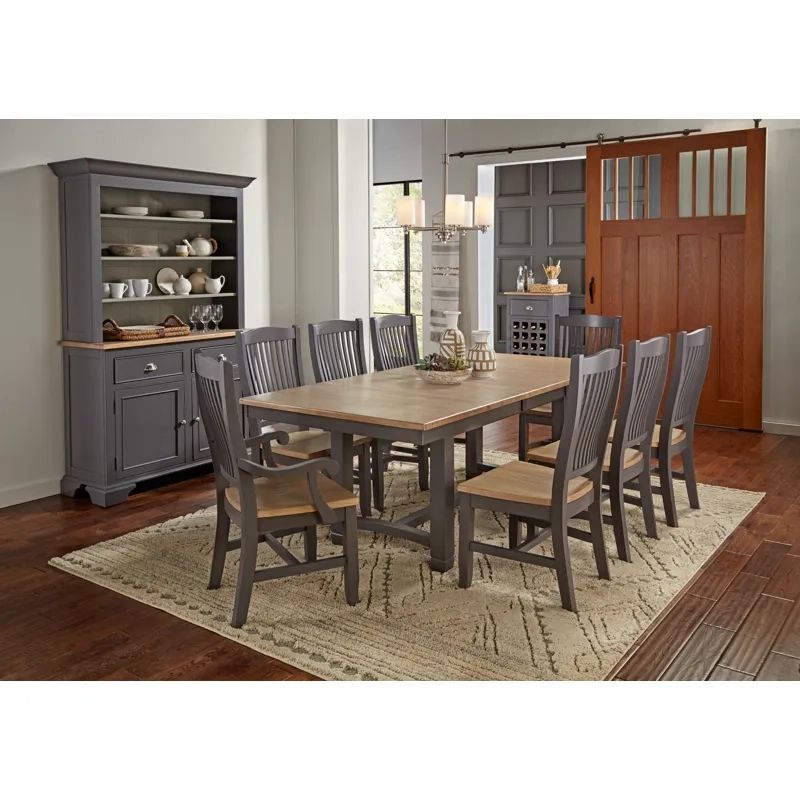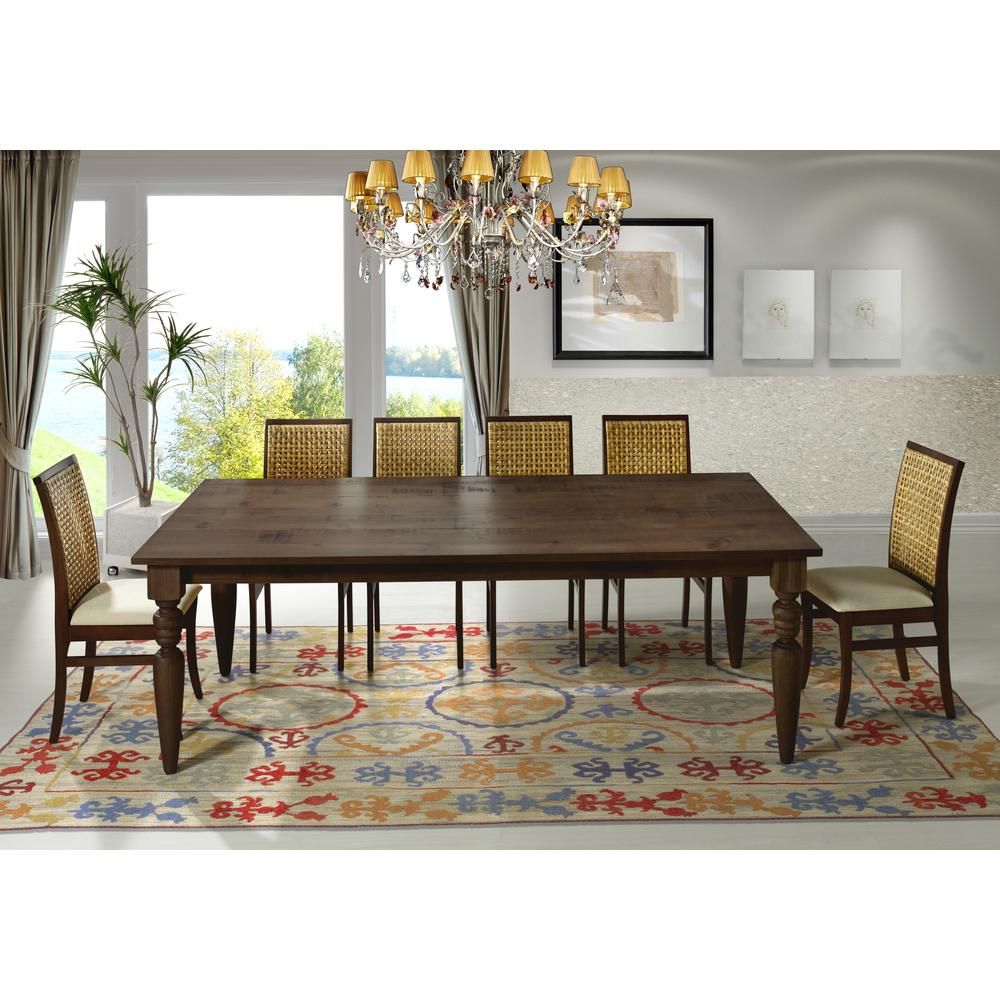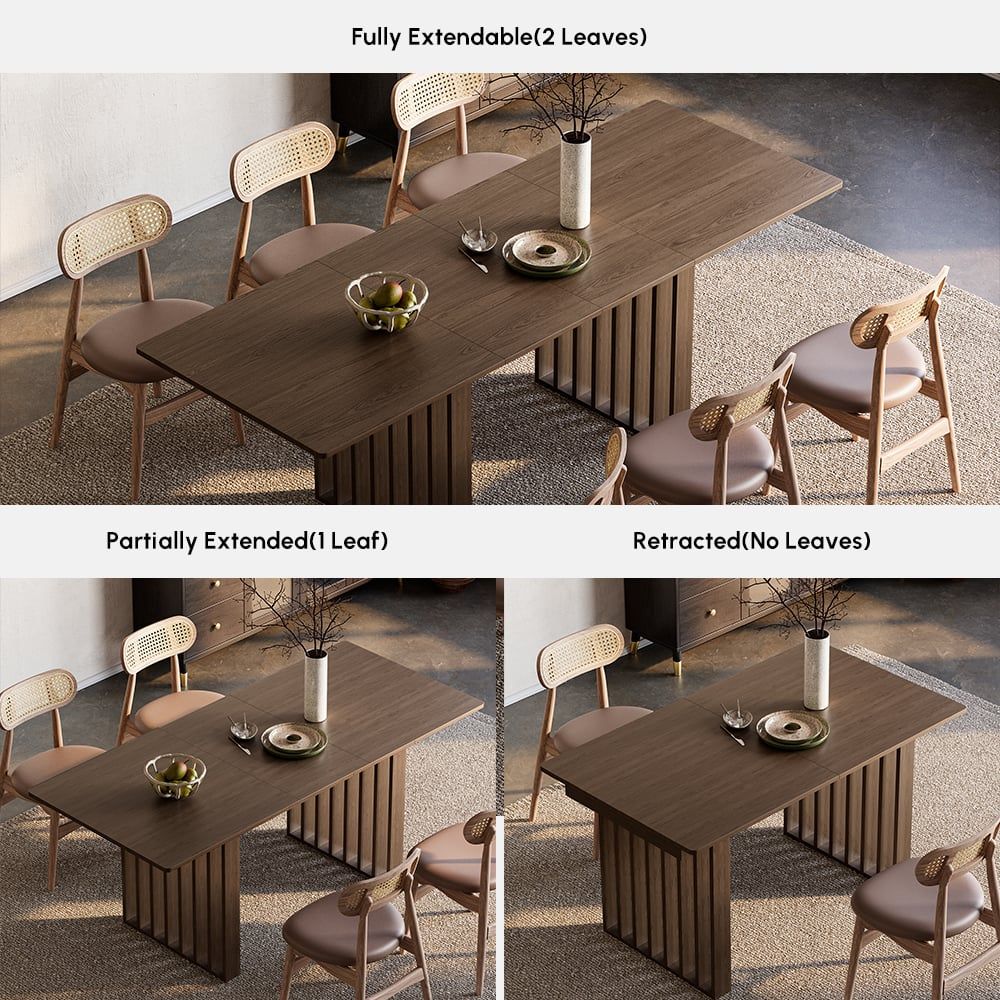A white round dining table – a classic. It’s bright, it’s welcoming, and it goes with everything. But choosing the right finish? That can feel like navigating a maze. It’s not just about looks; it’s about how well that finish will stand up to daily life, from spilled coffee to enthusiastic art projects. We’re going to break down the options, making sure you choose a finish that’s both beautiful and built to last. Let’s get started and find the perfect match for your lifestyle.
So, you’ve got your gorgeous, crisp white 30" round dining table. Excellent choice. Now, the next big question: what kind of finish should you choose? The finish isn’t just about the look – it’s about protection, longevity, and how much maintenance you’re willing to do. This isn’t a one-size-fits-all situation. What works for a busy family with kids will be different from what’s ideal for a minimalist apartment. This guide will walk you through the most popular and practical finishes, helping you pick the perfect one for your needs.
Lacquer: The Classic Choice
Lacquer is a widely used finish, especially for those seeking a smooth, glossy appearance. Think of it like a shiny coat of armor for your table. It’s incredibly durable and resists scratches and water damage pretty well. Plus, it comes in a wide range of gloss levels, from a subtle matte to a mirror-like shine.
Pros:
- High durability and scratch resistance.
- Available in a variety of sheens.
- Easy to clean and maintain, generally.
Cons:
- Can be prone to chipping if mishandled.
- More expensive than some other options.
- Requires professional application for best results – unless you have a lot of experince.
Polyurethane: The Tough-as-Nails Option
Polyurethane is the workhorse of the finish world. It creates a super hard, protective coating that’s highly resistant to water, stains, and scratches. It’s a great choice for families with kids or anyone who wants a low-maintenance table. Think of it as the ultimate protector. It’s a great choice if you want to really protect your table from the day-to-day, and from the occasional mishap.
Pros:
- Extremely durable and resistant to damage.
- Waterproof and stain-resistant.
- Relatively inexpensive.
Cons:
- Can sometimes yellow over time, particularly in sunlight.
- Not as easy to repair as some other finishes.
- The finish can be a bit thick, altering the table’s feel.
Varnish: The Versatile Veteran
Varnish, like polyurethane, provides excellent protection, but it often has a more traditional look. It’s available in various sheens, from matte to gloss, and can be applied to a wide range of woods. Varnishes often contain natural oils, giving them a slightly warmer appearance than some synthetic finishes. It offers a good balance of protection and aesthetic appeal.
Pros:
- Good protection against scratches and spills.
- Offers a wide range of gloss levels.
- Can enhance the natural beauty of the wood (if your table is wood).
Cons:
- Can take longer to dry than other finishes.
- May require more coats for optimal protection.
- The finish can sometimes be a little less durable than polyurethane.
Oil-Based Finishes: The Natural Look
Oil finishes, such as tung oil or linseed oil, penetrate the wood, creating a natural, matte finish. They are celebrated for their ability to enhance the wood’s grain and provide a warm, inviting feel. These finishes are great for those who love the look and feel of natural wood. However, they require more frequent maintenance.
Pros:
- Enhances the wood’s natural beauty.
- Easy to repair scratches.
- Creates a smooth, natural feel.
Cons:
- Requires regular reapplication.
- Less water-resistant than other finishes.
- Can stain more easily.
Epoxy Resin: The Modern Marvel
Epoxy resin is a newer option, offering a super-durable, often glass-like finish. It’s ideal for creating a sleek, modern look and is extremely resistant to water and stains. It can be used to create stunning effects, like embedding objects or adding color. It’s a great choice if you’re looking for something truly unique and incredibly resistant to damage.
Pros:
- Extremely durable and water-resistant.
- Creates a unique, modern look.
- Can be customized with colors and effects.
Cons:
- Can be more expensive than other finishes.
- Requires careful application to avoid bubbles.
- Can be prone to scratches if not properly cared for.
Considering Your Lifestyle: Which Finish is Right for You?
The perfect finish depends on your lifestyle. Ask yourself these questions:
- How much use will the table get? A table in a high-traffic area needs a more durable finish.
- Do you have kids or pets? Consider a finish that’s easy to clean and resistant to scratches and stains.
- How much maintenance are you willing to do? Oil finishes require more upkeep than lacquer or polyurethane.
- What’s your budget? Some finishes are more expensive than others.
For example, if you have young children, polyurethane or epoxy resin might be the best choices. If you want a more natural look and don’t mind a little extra maintenance, an oil finish could be perfect. If you want a sophisticated look and don’t mind being extra careful, lacquer is a fine option.
Choosing the right finish for your white 30" round dining table is an investment in both its beauty and its longevity. Consider your lifestyle, your budget, and the look you want to achieve. Whether you choose the classic elegance of lacquer, the toughness of polyurethane, or the natural beauty of an oil finish, taking the time to make an informed decision will ensure that your table remains a cherished part of your home for years to come. Remember to always test the finish in an inconspicuous area before applying it to the entire table, and don’t be afraid to seek the advice of a professional if you’re unsure. Happy decorating, and enjoy your lovely table.
